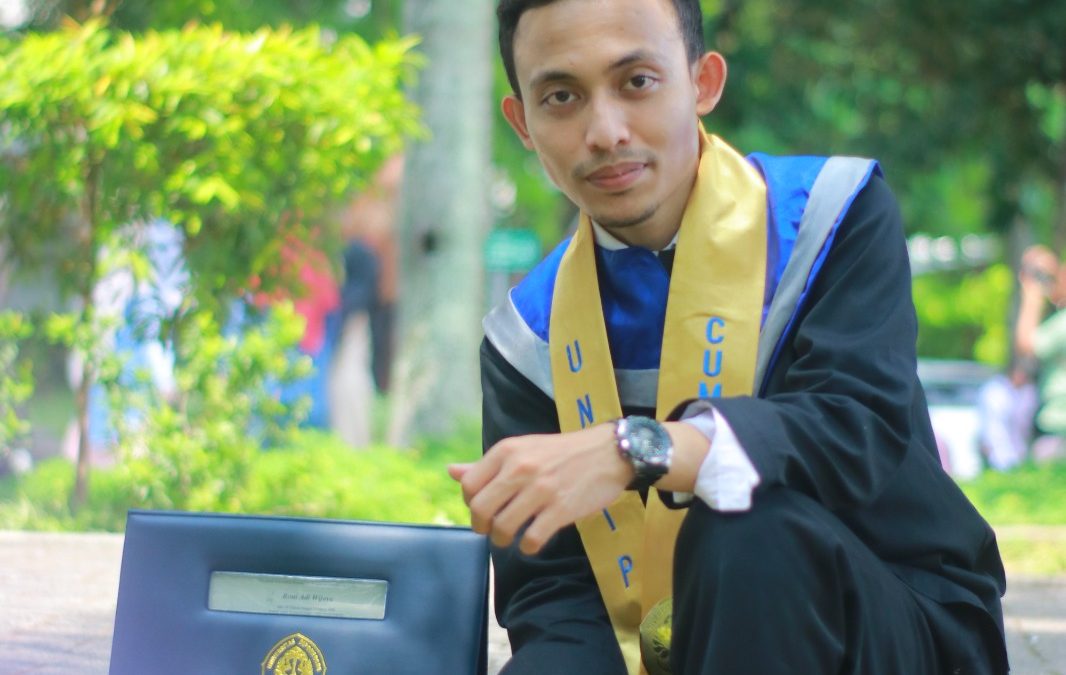In an ongoing effort to advance renewable energy, Roni Adi Wijaya, a master’s student in chemistry at Diponegoro University, has achieved a breakthrough in the synthesis of thin CuInS2 photocathodes. This research focuses on the process of splitting water molecules into hydrogen and oxygen gases using the synthesized photocathode.
Delving into the Water Splitting Process
The aim of this research is to produce hydrogen gas, which can then be used as a renewable energy fuel. By employing a photocathode, the water-splitting process can be efficiently driven by light energy. The hydrogen gas produced from this process can be a sustainable solution to meet future energy needs.
Variation in Sulfurization Sources
A key aspect of this research is the variation in sulfurization sources used in the photocathode synthesis. Roni Adi Wijaya considered the use of H2S, Thiourea, and Sulfur as sulfurization sources to observe their impact on the characteristics of the photocathode. The results of the research show that the choice of sulfurization source has a significant impact on the efficiency of hydrogen gas conversion.
Role of Pt-In2S3 as a Modifier
Furthermore, this research also discusses the role of Pt-In2S3 layers as a modifier. These layers are applied to enhance the characterization of the photocathode and the efficiency of hydrogen gas conversion. Roni Adi Wijaya successfully demonstrated that the addition of Pt-In2S3 layers can improve the performance of the photocathode in the water-splitting process.
Implications of the Research on Renewable Energy
The results of this research have positive implications for the development of renewable energy technology. By understanding the influence of sulfurization source variation and the role of Pt-In2S3 layers, this research provides new insights into how to enhance the efficiency of hydrogen gas conversion from the water-splitting process.
Contribution to Sustainable Development
Roni Adi Wijaya has made a valuable contribution in the quest for solutions to future energy needs. His research opens doors for further development in the synthesis of photocathodes and their application in renewable energy production.
Diponegoro University proudly supports innovation and research that can make a positive contribution to sustainable development. It is hoped that this research can serve as a foundation for further developments in the field of renewable energy.
[The author is a Admininstrator of Magister Chemistry Program at Diponegoro University. This article is based on information provided by Roni Adi Wijaya.]

